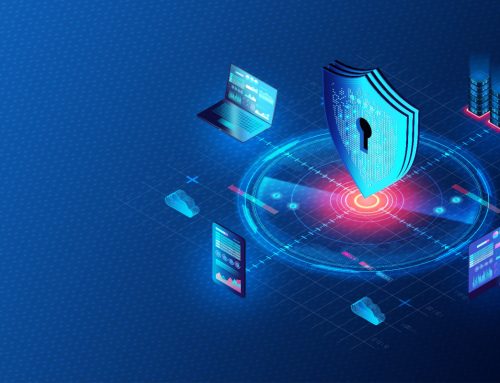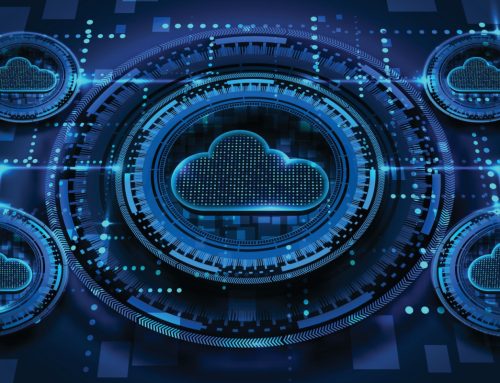The widespread adoption of cloud technologies has fundamentally changed how businesses operate. However, this shift has also opened new doors for cybercriminals. Attacks on cloud environments have surged recently as criminals seek to exploit the sensitive data now flowing between organisations and cloud providers.
According to recent statistics, cloud attacks are on the rise:
- 49% of IT professionals reported cloud attacks led to unplanned expenses.
- 80% of CISOs could not identify excessive data access in their cloud environment.
- 79% of organisations suffered a cloud data breach in the past 18 months. 43% had 10+ breaches.
- 83% of cloud breaches exploit access-related vulnerabilities.
Understanding the cloud threat landscape
Cloud migration has accelerated by 69% in the past year. By the end of 2023, 63% of IT infrastructure is expected to be cloud-based.
What makes the cloud so enticing for businesses also attracts cybercriminals. Some key cloud risk factors include:
- Account takeovers using stolen credentials.
- Misconfigurations leave data exposed.
- Vulnerable public APIs that allow access.
- Insider threats from compromised accounts.
- DDoS attacks that disrupt services.
- Third-party vendor risks.
Criminals use these vulnerabilities to infiltrate enterprise networks, exfiltrate data, and deploy ransomware. Sophisticated attackers may also stealthily wait for vulnerabilities to surface before stealing data or disrupting operations.
Securing your cloud environment
Defending your cloud starts with strong cyber hygiene like patching and upgrades, multi-factor authentication, and password policies.
However, you also need advanced, cloud-native security capabilities.
Zero trust and network segmentation are essential for limiting lateral movement and privilege escalation. Zero trust eliminates default access, requiring verification for all users and devices, while segmenting your network into smaller, isolated sections can significantly improve monitoring and access control.
On top of foundational measures, leverage a dedicated cloud security platform like SentinelOne. Purpose-built for the cloud, SentinelOne provides complete visibility across your environment with EDR, threat hunting, and runtime protection.
With Singularity XDR, SentinelOne provides:
- Complete visibility across your cloud environment through endpoint detection and response, autonomous threat hunting, and runtime protection.
- Just-in-time access control to stop unauthorised data access or changes.
- Cloud workload protection to secure containers, functions, and more.
- Compliance automation and posture management.
- Behavioural analytics to identify insider threats and compromised accounts.
SentinelOne’s XDR platform integrates tools into a unified whole for complex multi-cloud or hybrid environments.
Conclusion
Migrating to the cloud unlocks business potential but also introduces new cyber risks. Applying robust cyber hygiene and advanced security controls is no longer optional as attacks increase. With the proper cloud-native protection, you can confidently embrace the benefits of cloud computing.





